Do your chickens lack greens, or are they unhappy about dry grains? If yes, you need to sprout seeds for chickens to eat.
Sprouted seeds are a nutrient-packed treat for chickens and easy to prepare on a pocket-friendly budget.
In this guide, I’ll share how to sprout seeds and grow fodder for chickens step-by-step, what seeds are best, and how to feed them safely to your flock.
What Are Sprouted Seeds and Why Feed Them to Chickens?
Sprouted seeds are those that have just begun to germinate. You can see the shoots coming out of the seeds.
While germinating, seeds have lots of active enzymes, which are 4000 times more concentrated than in the unsprouted seeds.
Besides, these are nutritionally dense, containing protein, vitamins (B, C, E), minerals, and fiber. The ideal sprouted seeds are 1/8-inch to 2 inches long.

Feeding sprouted seeds helps chickens get brighter combs and feathers.
Also, with these free feeds, your hens will get more eggs with darker yolks.
Birds are entertained without getting bored. When I spread the sprouts around the flock, the birds hurriedly pecked and happily dragged the seeds.
Unlike dry seeds, sprouted seeds have improved enzymes and become soft, which helps your birds to digest easily.
Best Seeds to Sprout for Chickens
Many farm owners prefer sprouting lentils as they think it is easiest, quickest, and least expensive.
But you have plenty of safe seeds for chickens.
Wheat
Barley
Sunflower seeds (black oil)
Alfalfa
Oats
Mung beans
Lentils (green/ brown)
Clover, peanuts, peas, quinoa, radish, mustard seeds, grains, garbanzo beans, and pumpkin
Whatever seeds you choose, I suggest you buy seeds from local shops. Also, don’t accept old seeds as seeds are only viable for 2 years.
Also, avoid chemically treated seeds and large-sized seeds.
Supplies You’ll Need
All you need is a simple jar and a breathable cloth to get started. Or you can sprout seeds with only a few supplies.
Mason jars or sprouting trays
Mesh lids or cheesecloth
Clean water
The seeds or gains of your choice
Step-by-Step Guide: How to Sprout Seeds for Chickens
Step 1: Rinse the seeds thoroughly
Take a bowl or a container and add seeds or grains to it. Pour some water into the container and wash out the seeds with your hands.
You can see some seeds floating on the water along with some debris.
Throw them out and rinse the seeds, allowing water to run from the bowl. You can block the seeds from your hand by placing it on the brim of the bowl when water is about to run out.
Step 2: Soak seeds in clean water (8–12 hours)
Now, place the seeds inside the mason jars. It should not be more than a quarter of the jar, as seeds will expand when they sprout.
Add clean or tepid water to the jar. Pour enough water to submerge the seeds by several inches and close the opening with cheesecloth or a mesh lid over the jar.
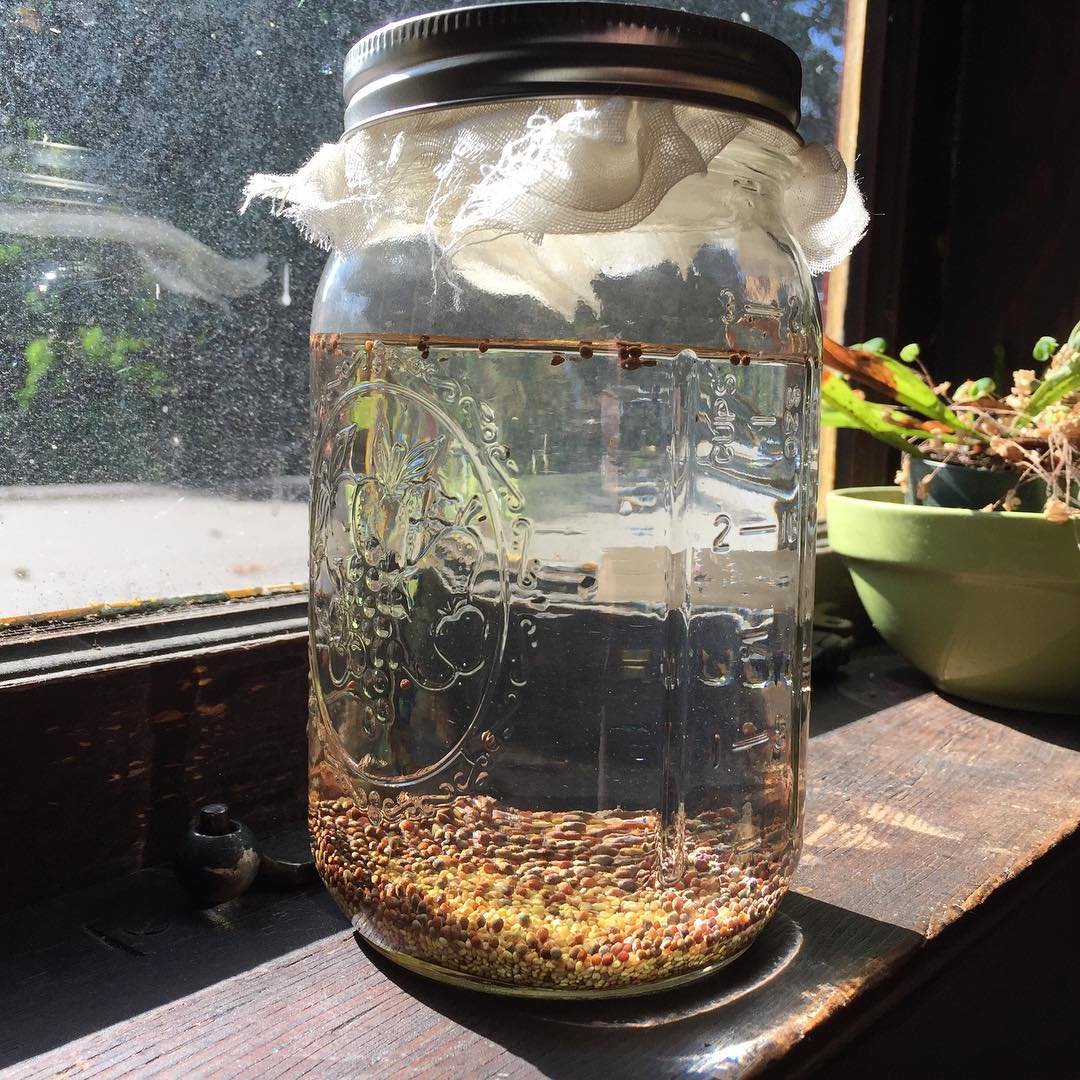
You can fill half of a jar and soak the seeds for 8 – 12 hours. I often let the seeds sit in water overnight.
Step 3: Drain and rinse
After soaking, pour out the water from the container. If the container has a top lid with small pokes or uses a mesh lid, you can simply flip the container with the lid downward.
Water will run out automatically.
Then, add clean water again and rinse it. You must drain as much water as possible.
Step 4: Set up for sprouting
You can let the seeds inside the jar to sprout. Or, you can place them in a tray for better airflow and indirect light.
I simply keep seeds in the jar. You need to maintain the deal room temperature between 65°F and 75°F.
Step 5: Rinse seeds 1–2 times per day to prevent mold
You have to repeat the process of rinsing and draining seeds once or twice a day. This helps seeds prevent getting wet or soggy and prevents mold.
You can do it once in the morning and later in the evening.
Step 6: Wait 2–4 days until tails appear
After a few days, you can see seeds with white shoots emerging from the seeds.
Wait until these shoots are at least 1/8 of an inch. But don’t let them exceed 2 inches. Store unused sprouts in the fridge for a day or two.

If they don’t grow shoots by that time, dump them.
Step 7: Serve the chickens
You can take out the sprouted seeds and spread them before your birds. Feed them like a supplement or treat, not the main diet.
I often feed my chickens in the morning. You can also feed them as enrichment.
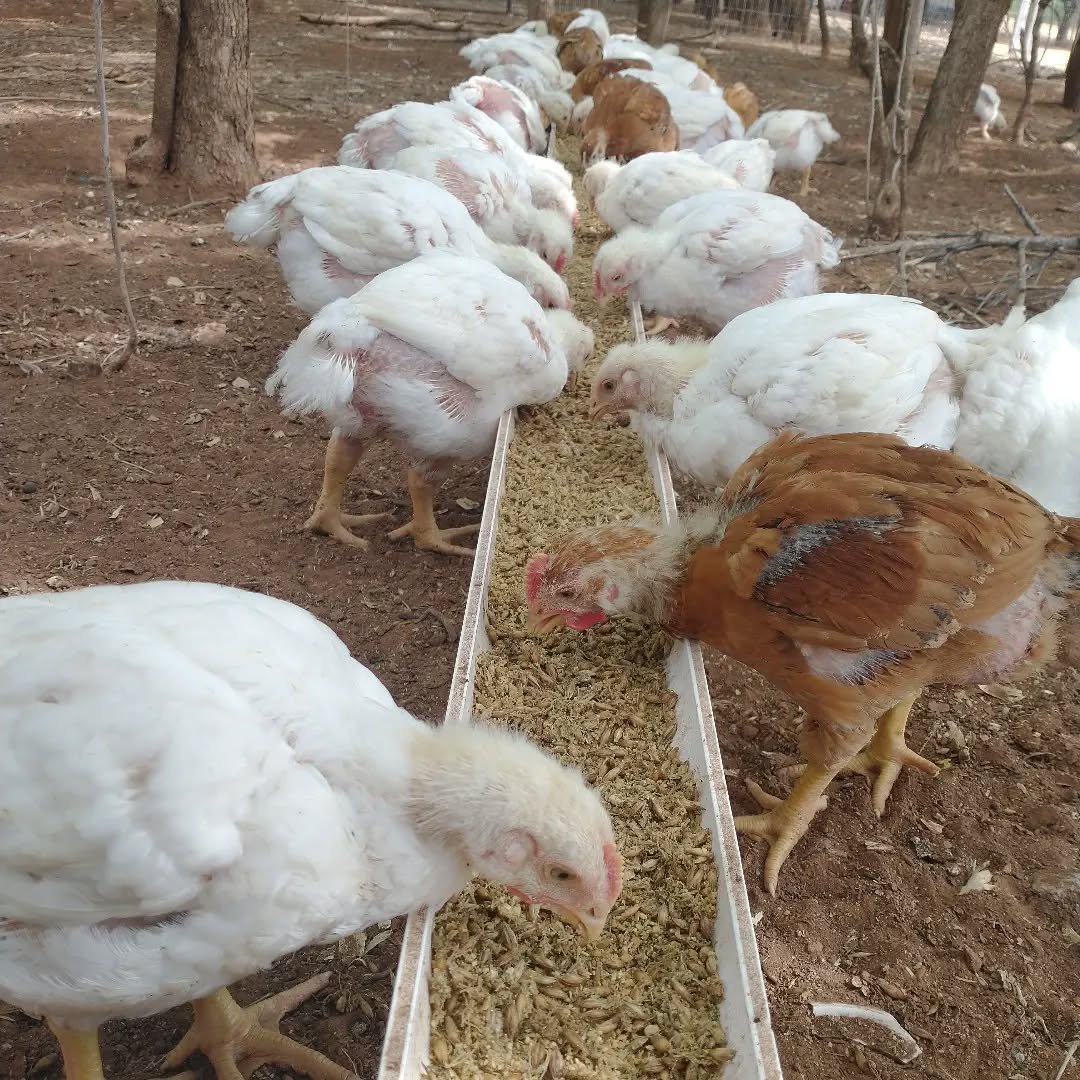
Mix with scratch or grains, or serve separately.
If you have created lots of sprouts, you can preserve them in the fridge. But allow your chickens to finish the feed within a week.
How to Grow Fodder for Chickens
Fodder is a further stage of sprouted seeds, so you need to let the seeds grow to the seedling stage.
When the seeds are sprouted, take them from the jar or any other container and spread them in a germination tray.
Depending on the amount of seeds, you can choose tray sizes anywhere between 5X5, 10X10, and 10X20 trays. Make sure the trays have enough drainage holes.
This helps seedlings extend their roots.
Once the sprouts are set up in the tray, it will be similar to a system like that of microgreens or plant starters indoors.
As sprouts are not in the natural growing medium, they feel dry very quickly, so you need to spray water twice a day.
When it’s a week after planting seeds in the tray, your fodder is ready.
This fodder serves as green, which you can serve your chickens once a week. If you want to feed your flock twice a week, repeat the same process every 3 – 4 days.

These greens are similar to plants for chickens.
Final Thoughts
Both sprouts and fodders are nutritious, which makes your chickens full and happy at a low cost.
I often grow these two feeds: sprouts for young birds and fodders for adult flocks.
They are great ways for chickens to get fresh greens. Also, these treats work best for chickens that are not free-range or living in the winter months.

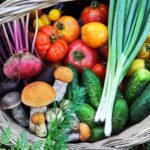

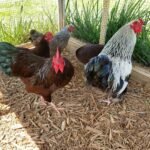


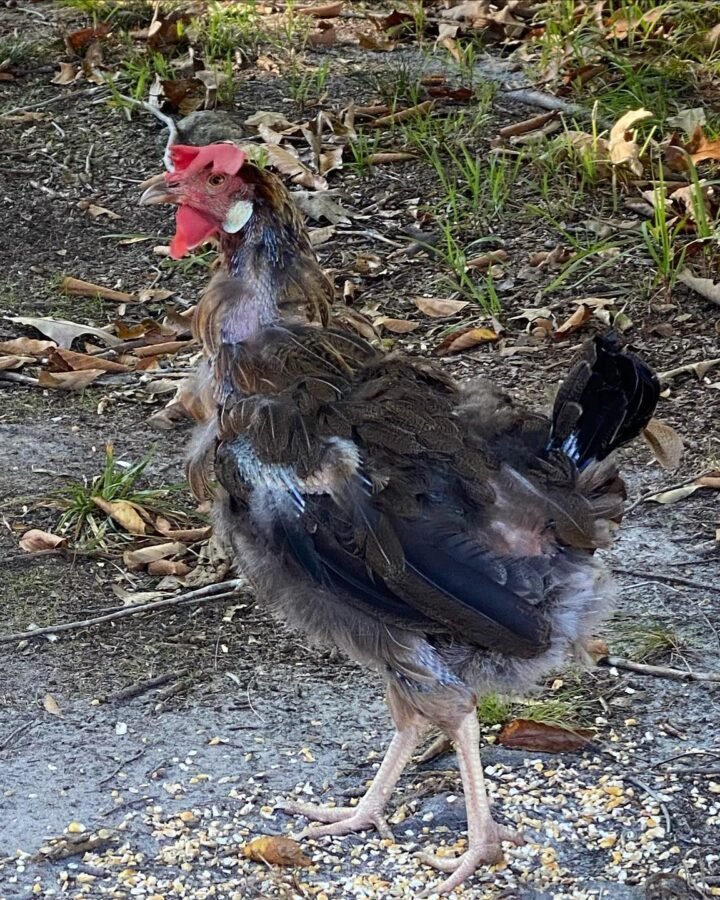
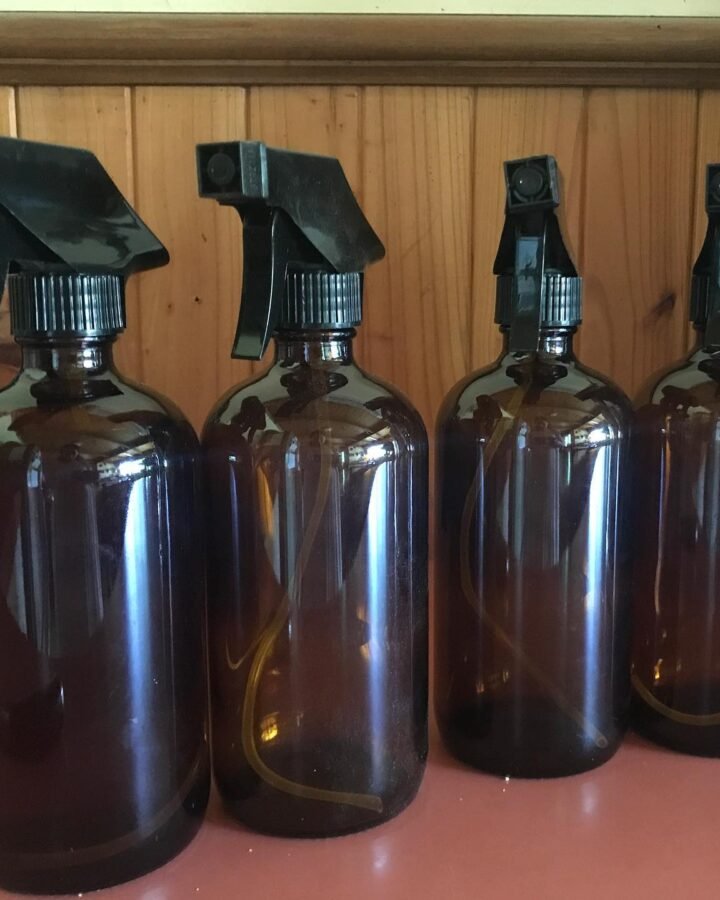

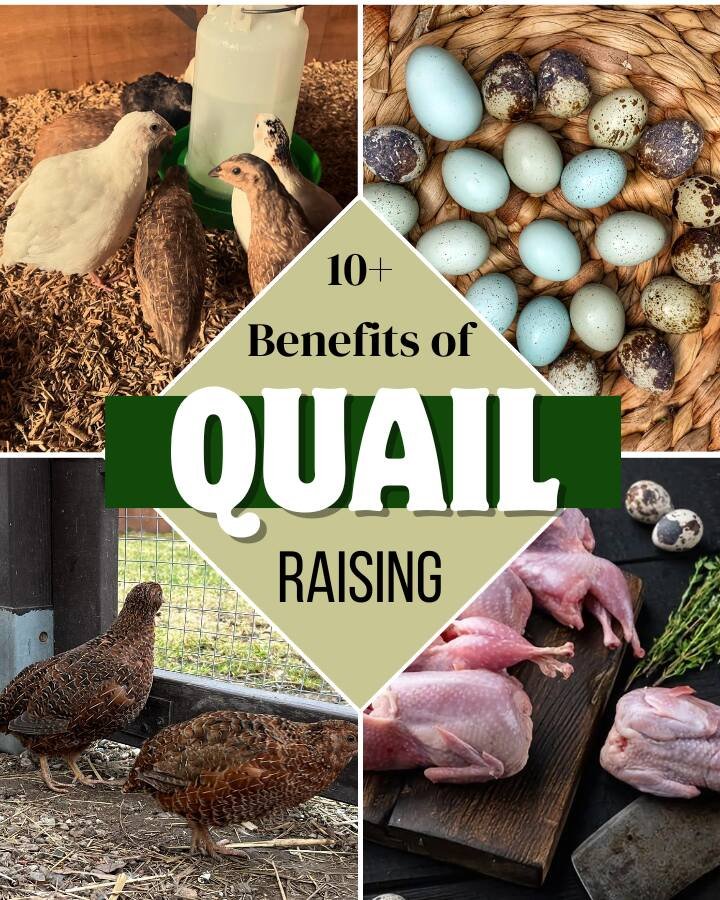
Leave a Reply